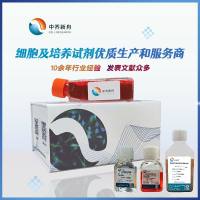Tissue Culture and Top-Fruit Tree Species
互联网
570
The commercial cultivation of rosaceous fruit trees (e.g., pear, apple, cherry, peach, plum) relies heavily upon the quality and performance of the rootstocks. This is even more the case now that self-rooted scions produce larger trees with a longer juvenile phase (1 ). It would, therefore, be of special interest for the fruit breeder to have general purpose rootstocks with a wide ecophysiological adaptation and high compatibility coupled with early cropping. In addition, many of the older and highly adapted scion varieties of fruit trees could benefit greatly from the introduction of stable, yet minor changes in their genome. Fruit trees are generally highly heterozygous, outbreeding, and thus are asexually propagated (see Chapter 10 , this vol.). Consequently, genetic improvement is likely to be based on protoplast technology, and achieved mainly through somatic methods, such as somaclonal variation or somatic hybridization.









